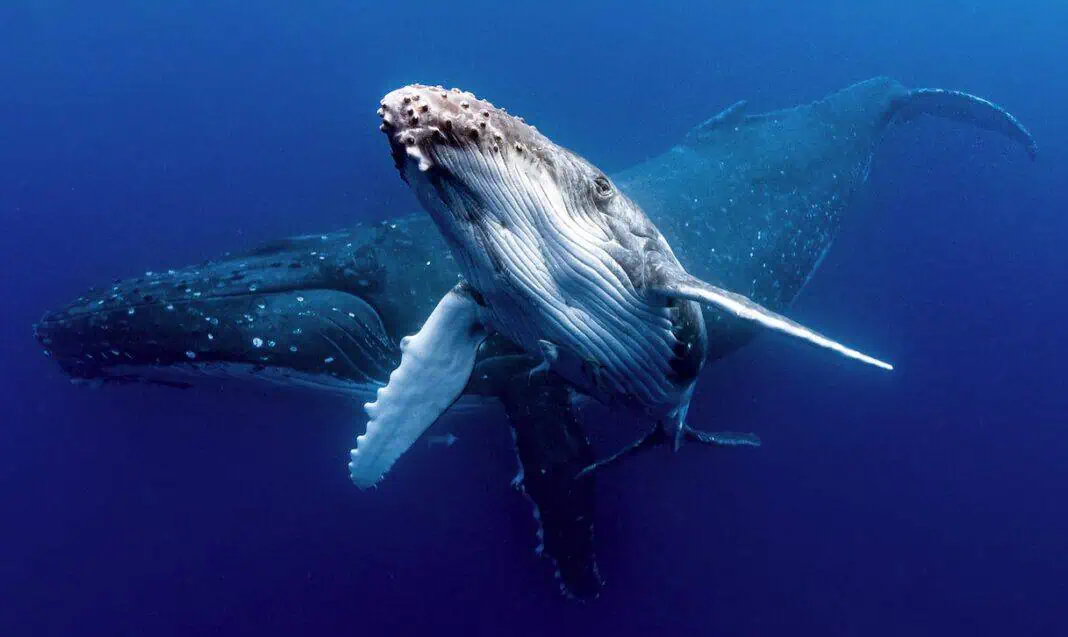Researchers led by scientists from the Woods Hole Oceanographic Institution have tracked over 100 marine megafauna species to accurately locate the most important areas in the oceans for improved conservation and the creation of the most effective Marine Protected Areas (MPAs).
The UN-endorsed global research initiative, MegaMove, brings together nearly 400 scientists from over 50 countries to identify areas of the world where protection measures can be specifically designed for the conservation of marine megafauna. Currently, only 8 percent of the world’s oceans are covered by Marine Protected Areas, but the UN High Seas Treaty aims to expand this to 30 percent.
Commenting on the findings, Camrin Braun, assistant scientist and ocean ecologist at WHOI and a co-author of the study, stated:
“The impacts of a changing ocean on marine megafauna are already evident. Our recent work tracking marine predators, including an earlier WHOI-led study, indicates changes in the ocean are expected to fundamentally alter the status quo for where these species are and how they live.”
While Simon Thorrold, a senior scientist in biology at WHOI and a co-author on the study, added:
“Conservation and management efforts need to plan for ongoing changes in ocean ecosystems. Bringing together data from hundreds of scientists is a really effective way to collectively address the international protections needed for these important species.”
Additionally, the study’s lead author and Australian National University marine ecologist and Associate Professor Ana Sequeira said:
“We found that the areas used by these animals overlap significantly with threats like fishing, shipping, warming temperatures, and plastic pollution. The 30 percent protection goal is seen as helpful but insufficient to protect all important areas, meaning that additional mitigation strategies are needed to alleviate pressures beyond areas that will be protected.
“MegaMove brings together an international network of researchers to provide innovative research to advance the global conservation of marine megafauna. Our research shows that, in addition to protected areas, implementing mitigation strategies like changing fishing gear, using different lights in nets, and traffic schemes for ships will be key to alleviating current human pressure on these species.”
You can find the original research in Science here.

